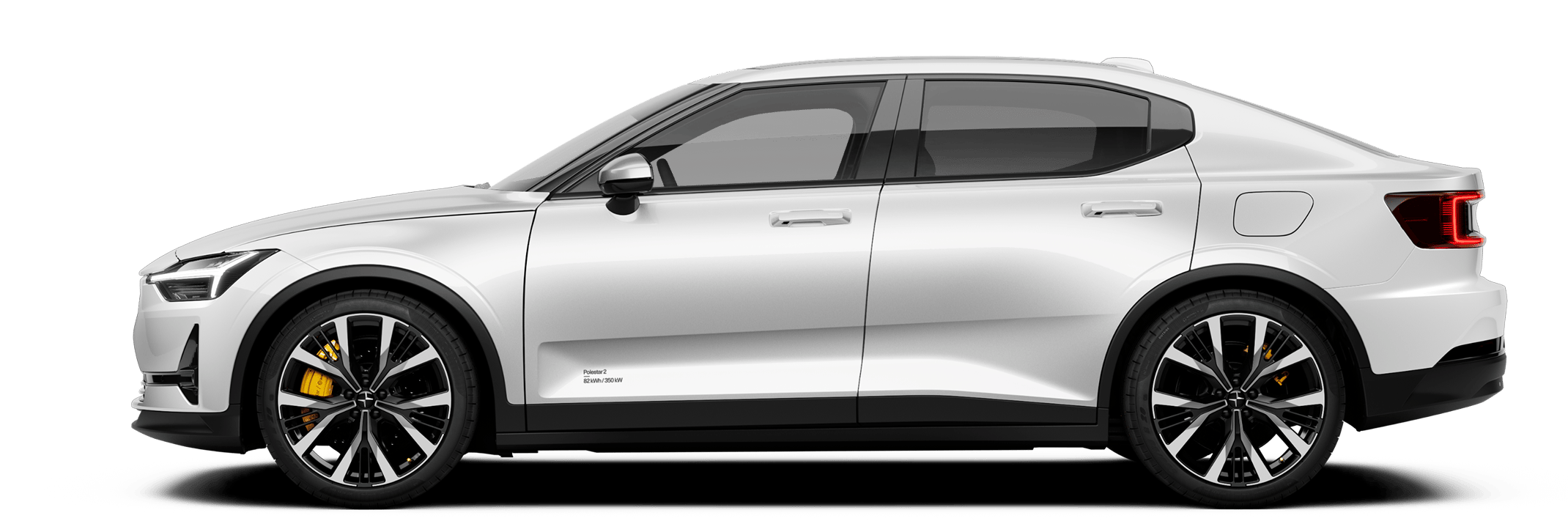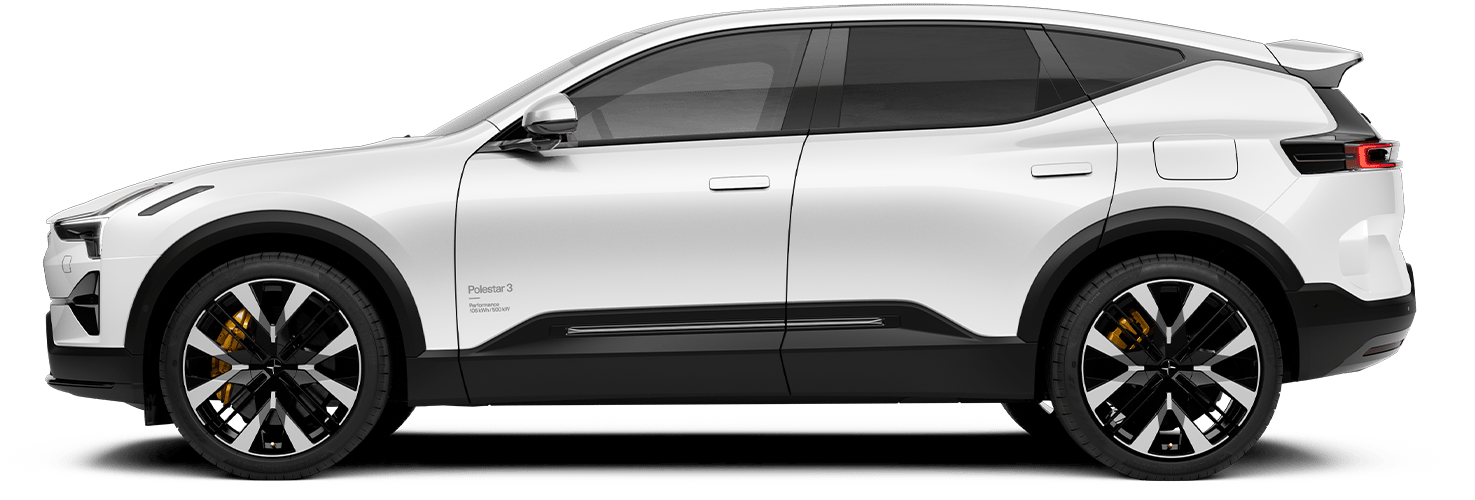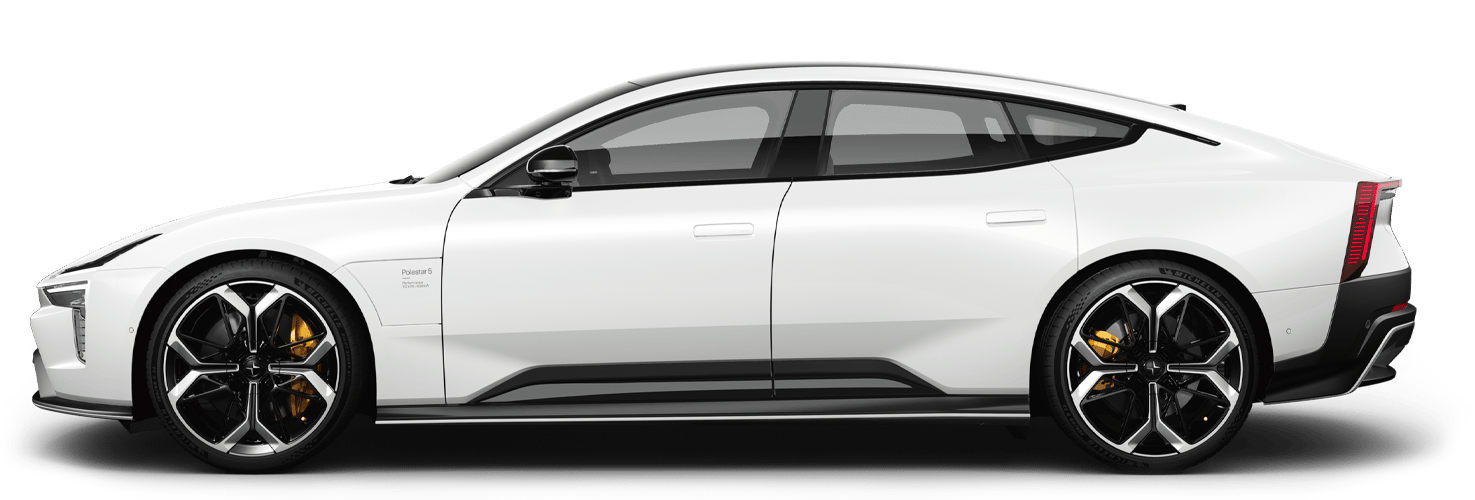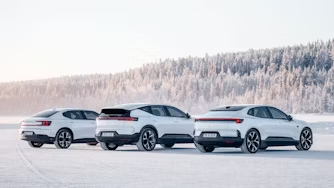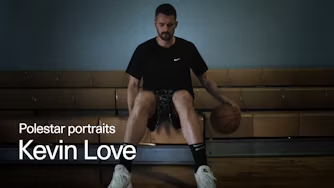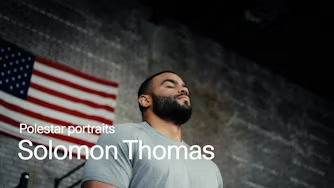Old airbags and new solutions: putting Reykjavik on the map
For a long time, Iceland was the best-kept secret of the Nordics. But inevitably, word got out about a country bursting with innovation and green tech. And we’re here for it. Iceland’s capital, Reykjavik, is inspiring the world with its booming creativity, green solutions and high-end sustainable designs.
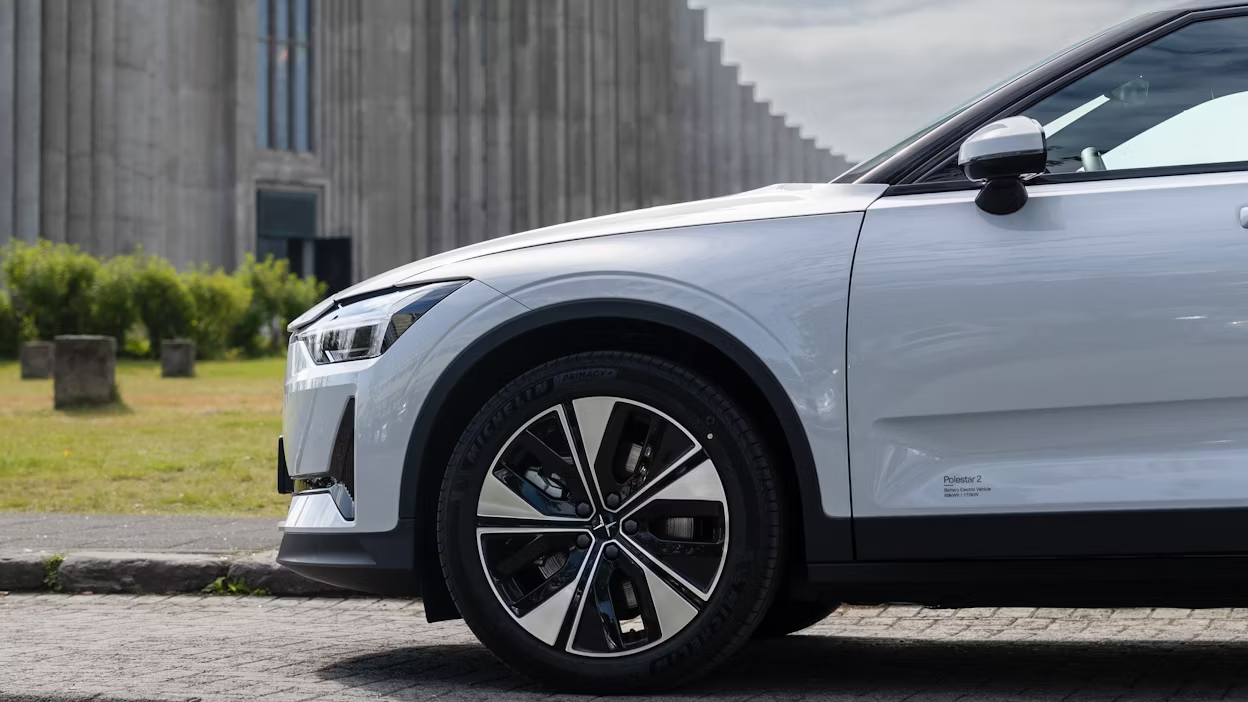
Not long ago, Iceland was a distant and somewhat forgotten island in the Nordic Atlantic Sea. Tourism was yet to take off, so many only knew about certain elements that Björk – Iceland’s most famous export – would let her audience in on.
Since then, the ‘Land of Ice and Fire’ has made its way into travel itineraries and bucket lists, while carving itself a bigger piece of the global cultural consciousness with musical exports like Sigur Rós and Of Monsters and Men.
And after a crucial decision in the 1970s set the country on a new trajectory, Iceland has arrived on the global sustainability scene as a role model within the renewable energy community.
But before the 70s, things were different. Like many other nations at this time, Iceland was dependent on imported oil. But as a series of crises set the world energy market into a state of flux, Iceland struggled to keep up with the fluctuations in oil prices. Determined to bring stability to the country’s economy, entrepreneurs took their first stumbling steps towards creating Iceland’s new energy system based on geothermal energy and hydropower. Today, over 99 percent of the country’s total electricity consumption comes from renewable energy sources.
Iceland is now bursting with green solutions and renewable energy expertise, and eager to share with the world. With more than half of the country’s population residing in the capital city, naturally, this is where we found some of Iceland’s most inspiring green businesses.
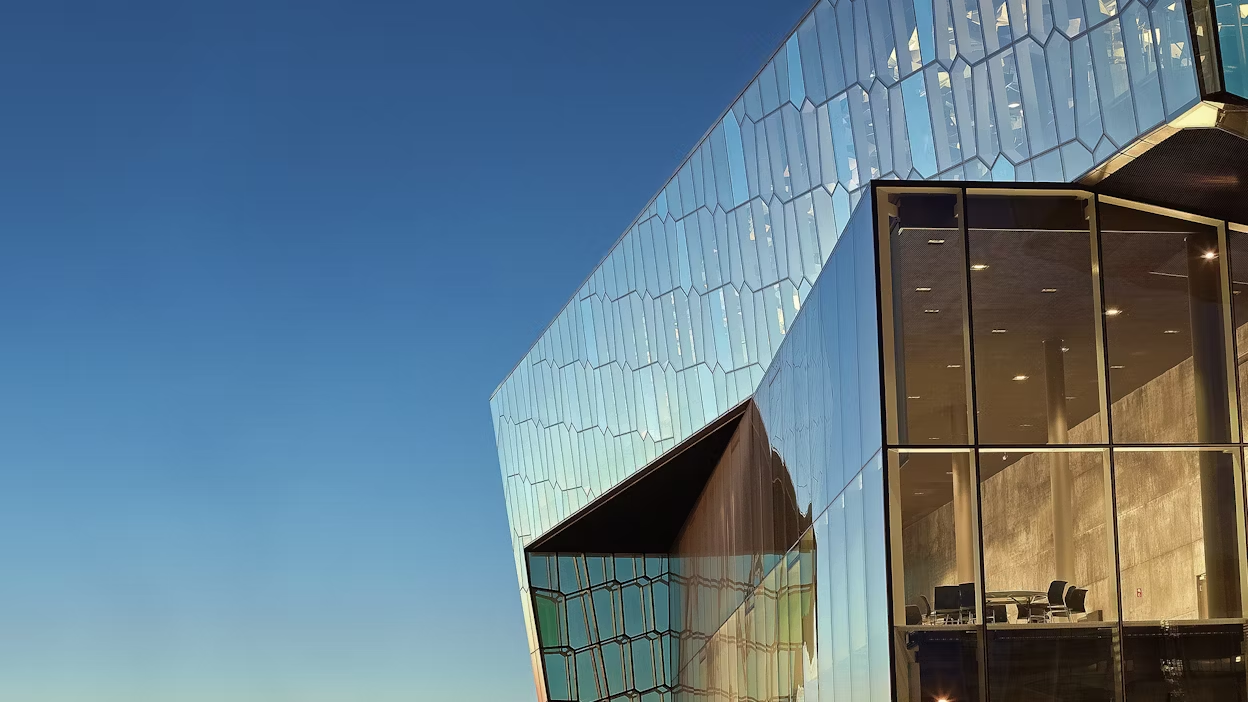
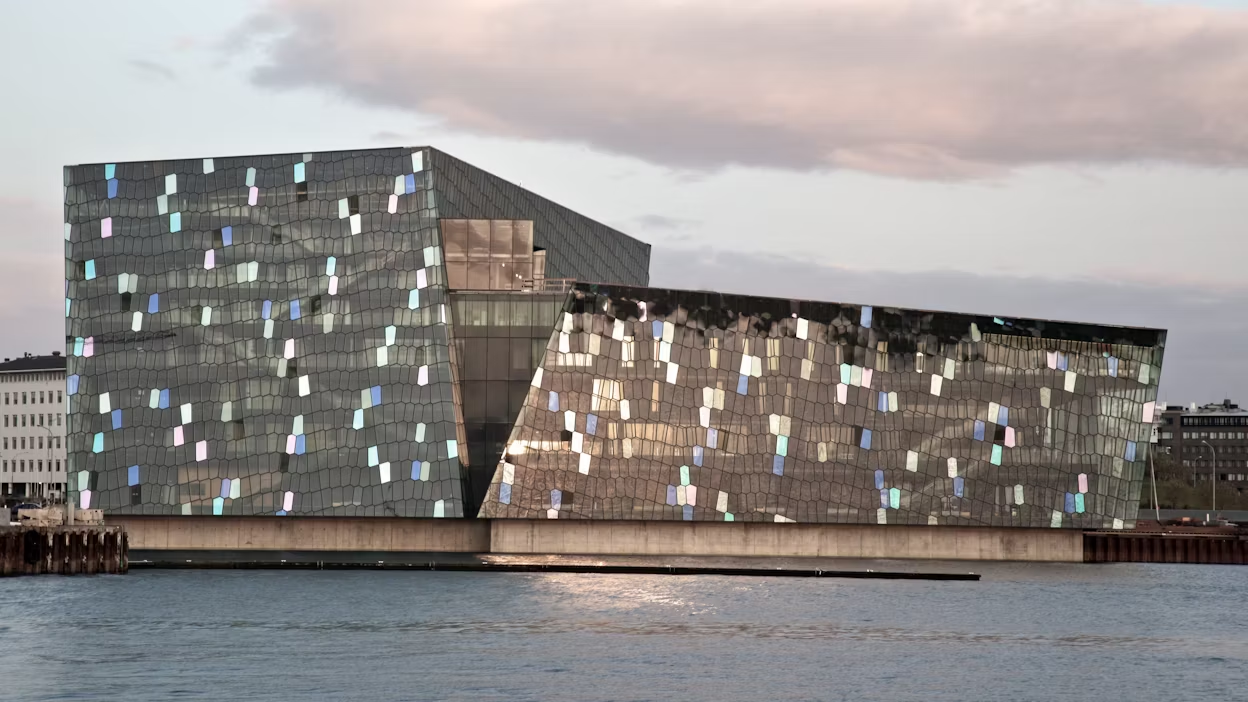
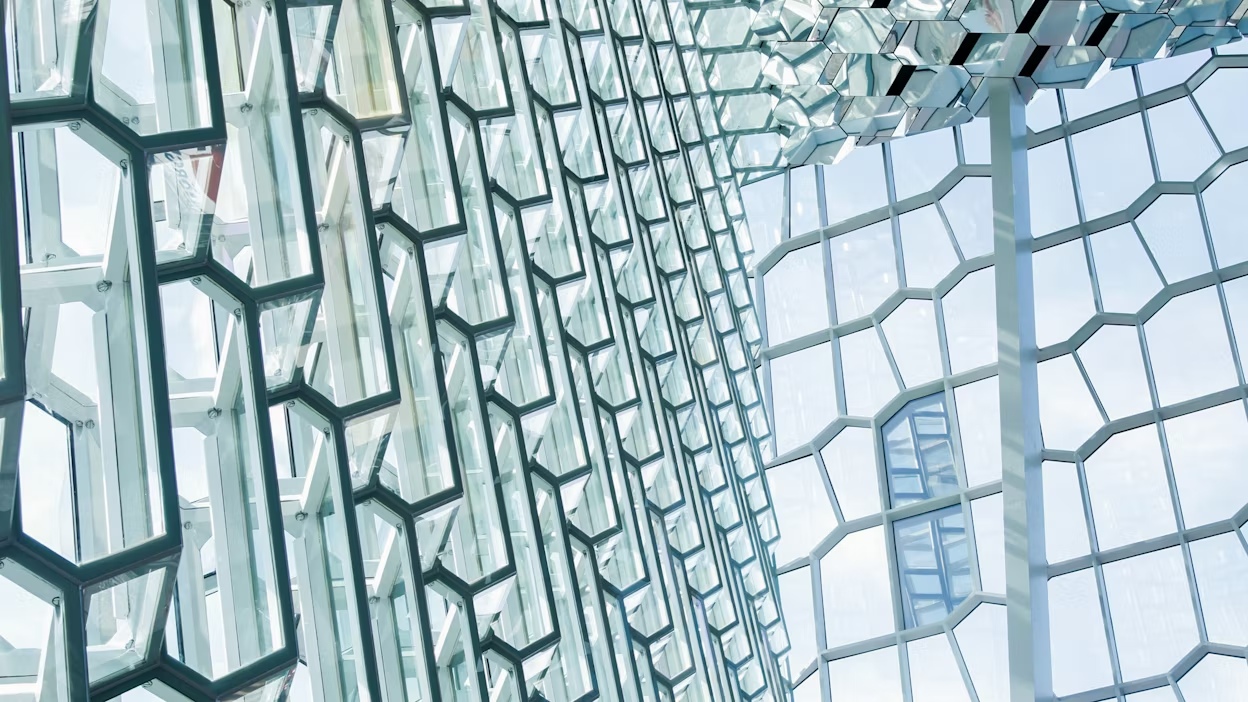



01/03
Harpa – designed to inspire
Reykjavik’s concert hall and conference centre Harpa is among the city’s most popular landmarks with more than a million visitors annually. Located in the Reykjavik harbour, Harpa is award-winningly stunning with its distinct lines and spectacular glass exterior inspired by Iceland’s natural landscape.
Rakel Lárusdóttir, Harpa’s Facility Management and Sustainability Department Specialist, describes it as nothing less than iconic.
“Harpa is designed to be an icon, inspired by the northern lights and Icelandic nature. The glass façade is one of the largest artworks in the world where the main idea behind the concept was rethinking the building as a static unit, allowing it to respond dynamically to the changing colours of its surroundings,” she explains.
Beyond its inherently inspiring properties, Harpa has set out to become a role model in sustainable operations. In 2020, an internal Environmental Council was established, which wasted no time in turning targets into action.
Highlights on their sustainability path include using environmentally responsible food suppliers, donating surplus food to charities, sorting all its waste, and installing charging stations for electric vehicles. These achievements resulted in the building receiving the Nordic Swan Ecolabel in 2022, something Lárusdóttir sees as a personal highlight.
Harpa uses green electricity to power its operations, which is a major boost to a business’ sustainability credentials. Luckily for Icelandic businesses, almost all the electricity on the grid comes from renewable energy sources. One of the largest energy suppliers on the Island, HS Orka, has been in the green energy business for almost five decades and has been turning waste streams into revenue streams for just as long.
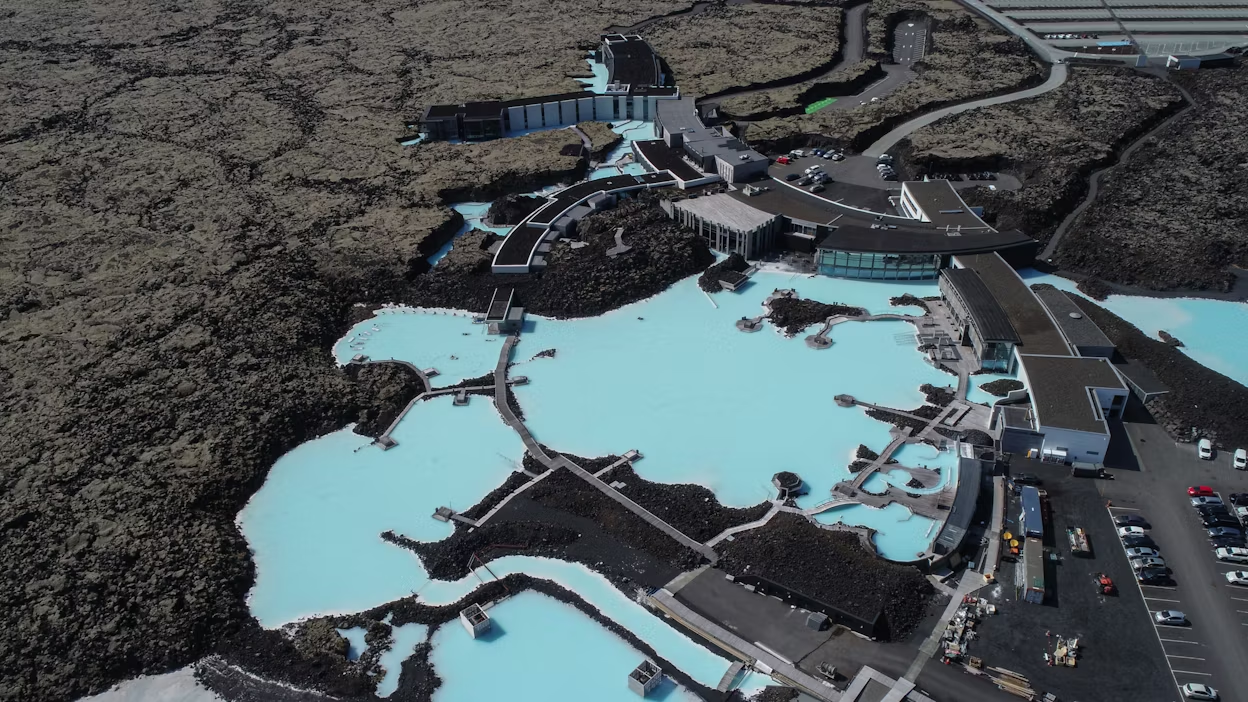
Defining something as waste is just an excuse for not finding a way to turn it into a resource.
Turning waste streams into opportunities with HS Orka
“There's no such thing as waste,” claims Jóhann Snorri Sigurbergsson, Business Development Manager at HS Orka. “Defining something as waste is just an excuse for not finding a way to turn it into a resource.”
This mantra has guided the company in making the most of the resources in the Svartsengi geothermal field, some 40 km south of Reykjavik.
When HS Orka was first established in 1974, it operated as a district heating company that provided hot water to the local area. The process of using geothermal resources to produce hot water still takes place at the Svartsengi power station and is an important part of providing heating in the area.
A few years into its heating operations, engineers realised they weren’t utilising the full potential of pumping up geothermal fluids from the ground. With a temperature reaching a staggering 240 degrees Celsius, geothermal fluids are basically energy carriers.
Engineers were quick to seize the moment. In 1978, the company invested in turbines that could turn the steam from the geothermal fluids into electricity. Today, HS Orka is the third largest provider of electricity in Iceland.
You'd be wrong if you're thinking HS Orka's story stops with hot water and electricity. In fact, the excess water from heating and electricity production is used to fill tourist hotspot, Blue Lagoon, with bathing water.
But it doesn’t stop there.
Resource Park, built around HS Orka’s geothermal power plants, aligns perfectly with the company mantra. The Park is a cluster of green businesses that leverages one or more of the resources in the geothermal area, such as electricity, lava-filtered sea water, and geothermal steam.
One of the most critical aspects of being in the renewable energy business is having a landscape that enables it, according to Sigurbergsson. High and low heat geothermal areas cover large parts of Iceland, which means geothermal fluids can be accessed almost all over the country.
“Geothermal activity is what makes Iceland liveable – this cold country up in the North Atlantic. It’s what keeps us Icelanders alive,” he says.
In some areas, the water is so fresh and hot that you can get your morning coffee fix from just sticking a cup with instant coffee under the tap.
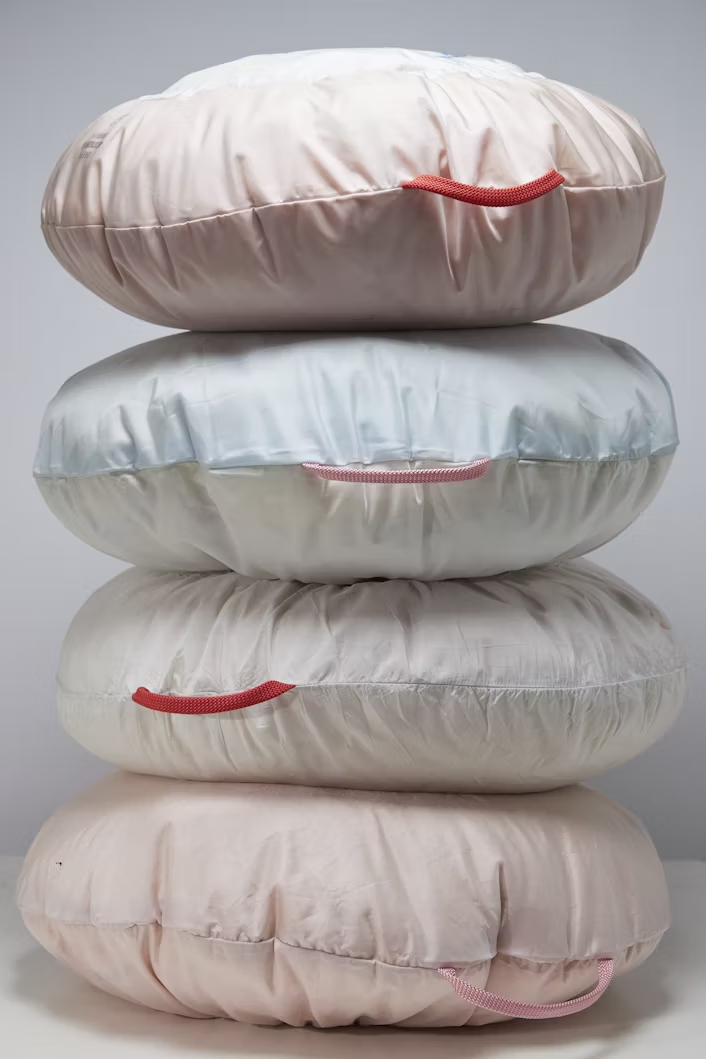
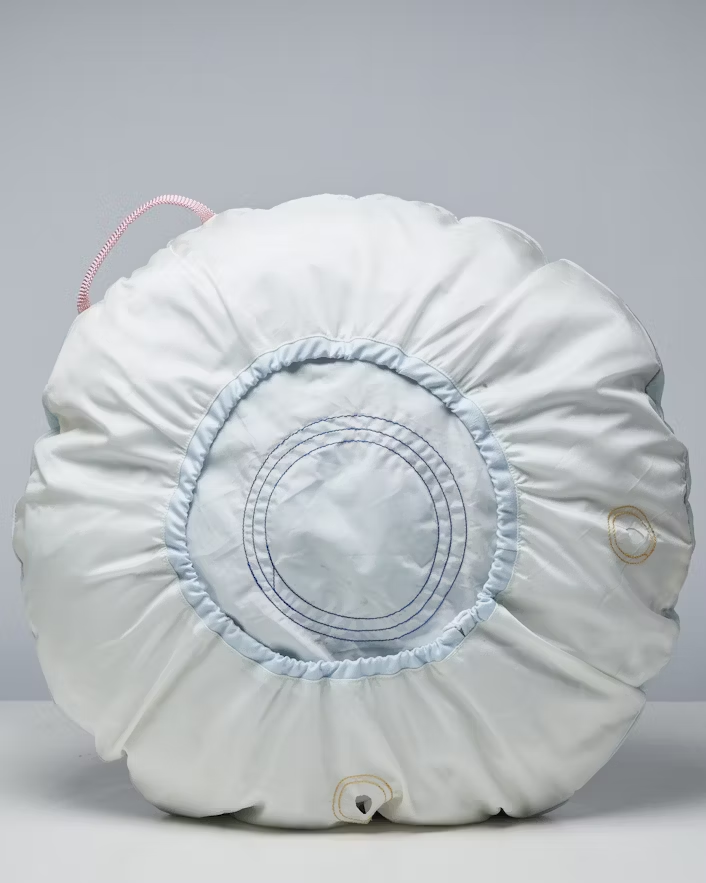
Collaboration is everything. Since we need to create new patterns and new processes for circularity it is essential that we create strong alliances across industries to achieve our goals.
FÓLK uses old airbags to create a new way forward
FÓLK was born from a desire to create change. After living in Copenhagen, founder Ragna Sara Jónsdóttir moved back to Reykjavik to find a city bursting with creativity. However, she found there was little support for designers to materialise their ideas. Jónsdóttir wanted to change that. With a background as a CSR and sustainability consultant, she could not help but notice that most products were not designed sustainably.
“If you look around you, you will see that many of the products we use daily are made for short-term use, without recycling possibilities, and are destined to end up in a landfill. This is a huge problem worldwide,” comments Jónsdóttir.
This was a gap in the market waiting to be filled. And in 2017, FÓLK launched with the mission of accelerating the green transition through design, by promoting progressive designers with smart homeware products and furniture.
A lot can be achieved by making sustainability central to the way a product is designed. At FÓLK, designs are guided by the conviction that most of the total environmental impact of a product is decided in the design phase. Which is why FÓLKs products are designed with easy recyclability and recyclability in mind, and repurposing waste is often implemented.
The ‘Airbag’ is the perfect example of how this mentality can come together to create a beautiful, purposeful design. Working together with designers from Studio Fletta, FÓLK turned old airbags into durable designer pillows.
“Collaboration is everything. Since we need to create new patterns and new processes for circularity, it is essential that we create strong alliances across industries to achieve our goals,” comments Jónsdóttir.
During a visit to a local car part dealer, the team of designers found deployed airbags in the dealership’s waste and decided to repurpose them. They were surprised to find that airbags come in different pastel colours with colourful embroidery, which inspired the final design.
What started out as a collaboration between a local car dealership and two design studios was later picked up by international media houses like ELLE Italia and Hunker. And in June this year, FÓLK exhibited the Airbag in our Copenhagen space during the design festival 3daysofdesgin.
Since its arrival, Reykjavik has become a role model for all the right reasons. And this is only the beginning. From now on, we’ll closely follow the small Nordic country with big green ambitions.
